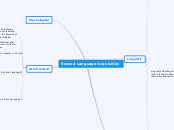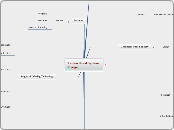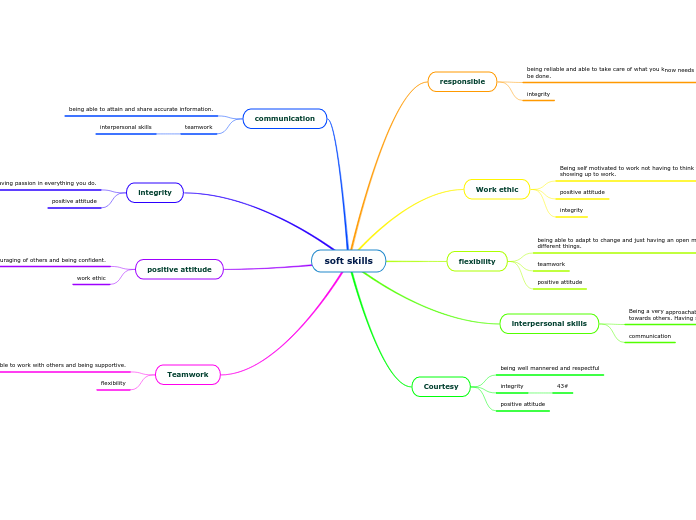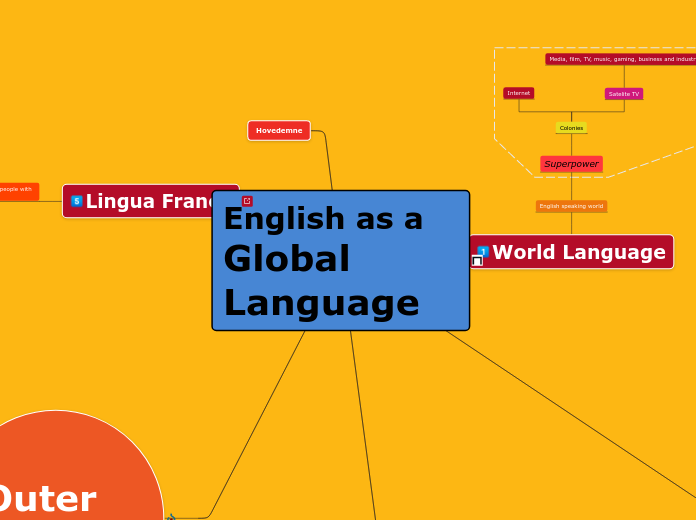Second Language Acquisition
What is SLA?
What is a First Language?
"Acquisition of more than one language during early childhood is called Simultaneous Multilingualism" (Saville-Troike and Barto, 2017, 4).
-First language, native language, primary language and mother tongue
What is Second Language?
There are different types of languages for specific purposes.
1. Foreign Language: A second language that is not widely used in the learners' immediate social context.
2. Library Language: One which functions primarily as a tool for further learning through reading.
3. Auxiliary Language: One which learners need to know for some official functions in their immediate political setting, or will need purposes of wider communication.
An official or dominant language needed for education, employment etc...
SLA is highly complex in nature.
SLA includes two types of L2 learning. Informal and Formal. Informal takes place in naturalistic contexts, while formals takes place in classrooms.
"Refers both to the study of individuals and groups who are learning a language subsequent to learning their first one as young children, and to the process of learning that language" (Saville-Troike and Barto, 2017, pg.2).
Psychological
Social
Linguistic
Early Approaches to SLA
Error Analysis: The first approach to the study of SLA which includes an internal focus on learners' creative ability to construct language.
Contrastive Analysis: An approach to the study of SLA which involves predicting and explaining learner problems based on a compsrison of L1 and L2 to determine similarities and differences.
Linguists traditionally divide a language into different levels for description and analysis... Every L1 and L2 learner must acquire at these different levels:
Discourse
- ways to connect sentences, and to organize information across sentence boundaries
- structures for telling stories, engaging in conversations, etc
- scripts for interacting and for events
Nonverbal Structures (with conventional, language- specific meaning)
- facial expressions
- spatial orientation and position
- gestures and other body movement
Syntax (grammar)
- word order
- agreement between sentence elements (as number agreement between subject and verb)
- ways to form questions, to negate assertions, and to focus or structure information within sentences.
Morphology (word structure)
- parts of words that have meaning (morphemes)
- inflections that carry grammatical information (like number or tense).
- prefixes and suffixes that may be added to change the meaning of words or their grammatical category.
Phonology (Sound System)
- Speech sounds that make a difference in meaning (Phonemes).
- Possible sequences of consonants and vowels (syllable structure).
- Intonation patterns (stress, pitch, and duration), and perhaps (tone) in words.
- Rhythmic patterns (pauses and stops).
Lexicon (Vocabulary)
- word meaning
- pronunciation (and spelling for written languages)
- grammatical category (part of speech)
- possible occurrence in combination with other words and in idioms.
Languages share the following Characteristics:
Languages are Social:
"Each language reflects the social requirements of the society that uses it, and there is no standard for judging whether one language is more effective for communication than another, other than to estimate the success its users may have in achieving the social taks that are demanded of them" (Troike, Barto, 2017, 34).
There is no one that can develop that potential without interaction with others in the society he or she grows up in. We use language to communicate, to categorize and catalogue the objects, events, and processes of human experience.
Languages are Symbolic:
"Sequences of sounds or letters do not inherently possess meaning. The meanings of symbols in a language come through the tacit agreement of a group of speakers" (Troike, and Barto, 2017, 34).
An example of this is that there is no resemblance between the four-legged animal that eats hay and the spoken symbol [hors] or the written symbol horse which we use to represent it in English.
Languages are Systematic:
"They consist of recurrent elements which occur in regular patterns of relationships. All languages have an infinite number of possible sentences, and the vast majority of all sentences which are used have not been memorized (Troike, Barto, 2017,34).
We can understand this by: "We can do so because we
understand the principles by which the words are combined to
express meaning" (Troike, and Barto, 2017, 34).









